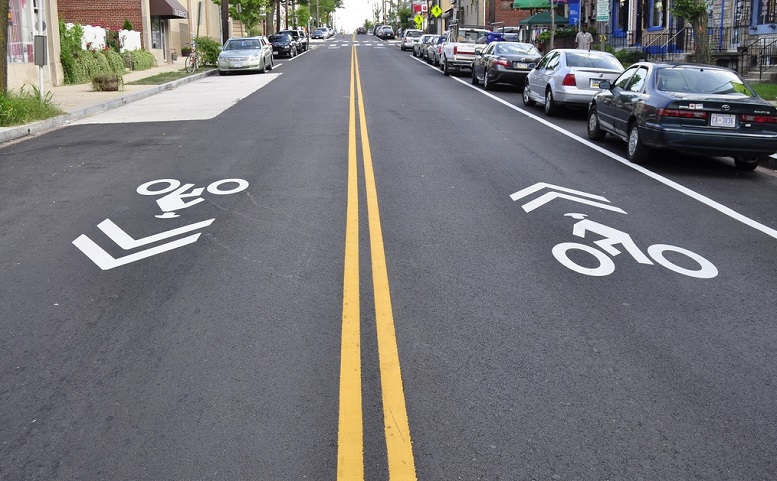After ride-hail services Uber and Lyft left Austin, Texas in May of 2016, a handful of small startups stepped in to help to meet the demand for rides. But when SXSW came to town this month and demand caused the startups to crash, the conspicuous absence of the two ride-hail giants led to a bit of a crisis fueled by Silicon Valley types who were in town for the festivities. Henry Grabar reported in Slate about the “conferencewide freakout”:
The outrage is dumb: Cities don’t function so differently now, by any metric, than they did before the ride-hailing apps debuted five years ago.
But it’s also pernicious. It also illustrates how a happy reliance on Uber has blinded a whole group of influential Americans to a real mobility crisis in the U.S. that is getting worse, not better.
And the outburst from SXSW reminds me that so many loud voices don’t just not participate in that conversation about general mobility improvements in cities, they’re not even conscious of its existence. They think a city like Austin could reach “full function” with a handful of multinational taxi companies. They didn’t even think to complain about how Austin’s transit system has cut service in recent years, and ridership has fallen along with it—down an astounding 12 percent in 2016. Looking for a bus isn’t an instinct they have anymore.
In other words, the problem with Uber not being available in Austin during SXSW isn’t that there’s no Uber. The problem is that Austin’s transit network does not provide the access or mobility that residents and visitors demand. This is the sort of environment in which transportation network companies (TNCs) like Uber are able to evolve into a default transport mode for people who can afford it. The result isn’t just a mindset that puts ride-hail services first, even if the train or the bus would be faster. It can also exacerbate congestion and influence policy decisions away from transit investments.
Ideally, ride-hail services should complement, not replace, transit by providing paratransit service or helping to solve the “last mile” problem. This is where TNCs shine: filling in the gaps where transit is unreliable, infrequent, or simply doesn’t exist.
Just as Uber cannot replace transit, shared lane markings, better known as “sharrows,” cannot replace bike lanes. And while sharrows are sometimes deployed as a weak stand-in for bike lanes, their intended use, according to the National Association of City Transportation Officials (NACTO), is to serve “as a reasonable alternative to a bike lane in limited circumstances” (think roundabouts or streets that aren’t wide enough to have bike lanes going in both directions), or to “fill a gap in an otherwise continuous bike path or bike lane, generally for a short distance.”
It’s all about filling gaps. Too much Uber isn’t good for our cities, but in the right circumstances it’s great for helping people make connections between places where quality transit is lacking. Same goes for sharrows: deployed en masse, and they’re just pictures of bikes on the street that simultaneously confuse drivers while reminding bicyclists that they belong (but not really), but when used as intended, they can help fill the holes in bike networks.


[…] Uber Is the Sharrow of Transportation Options (Tri-State Transportation Campaign) […]
[…] etc. — Capitalizing on the April 3 NJ Transit derailment, transportation network companies filled the gap and scored lots of new passengers — 40 percent more than usual near Newark Penn […]
I love you uber